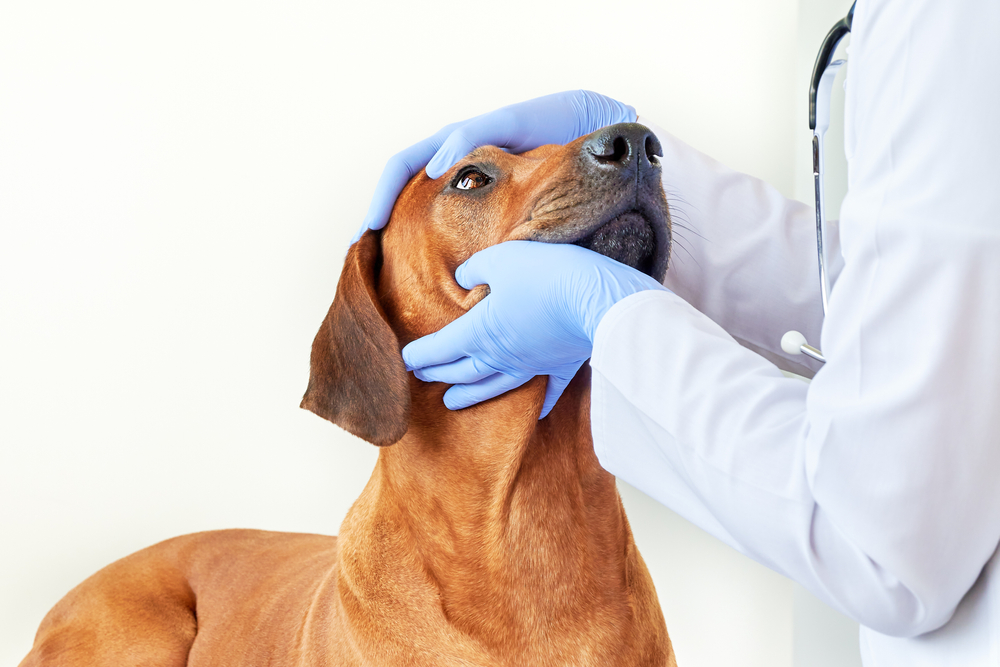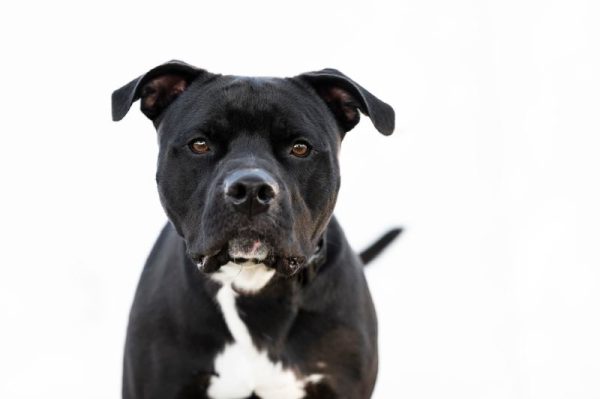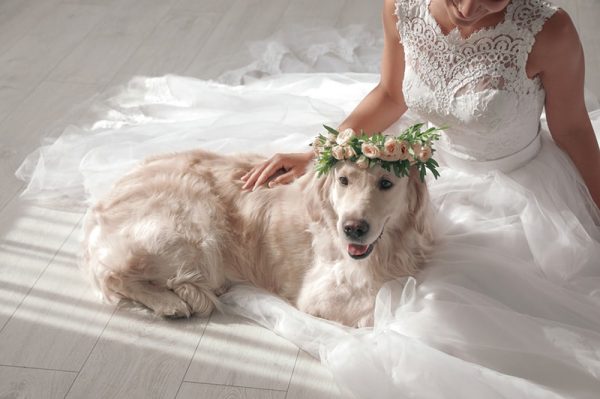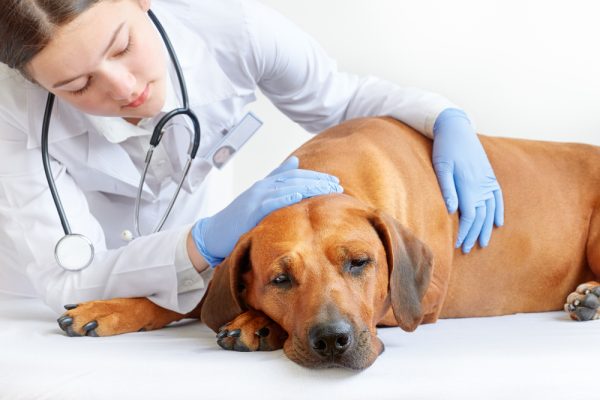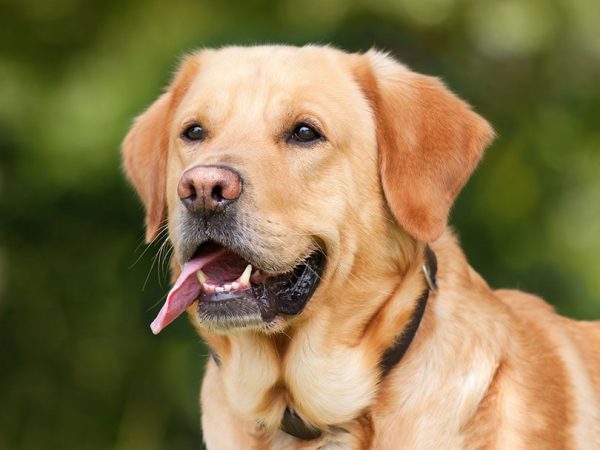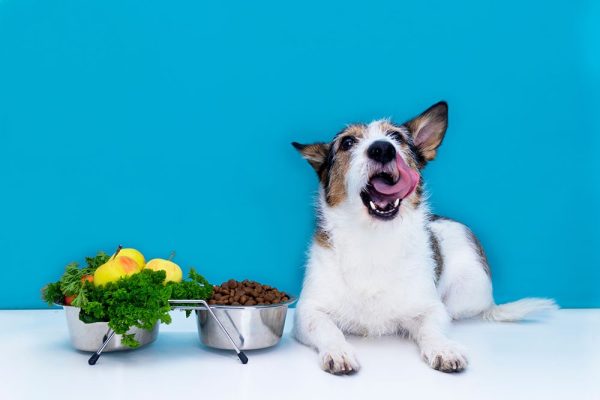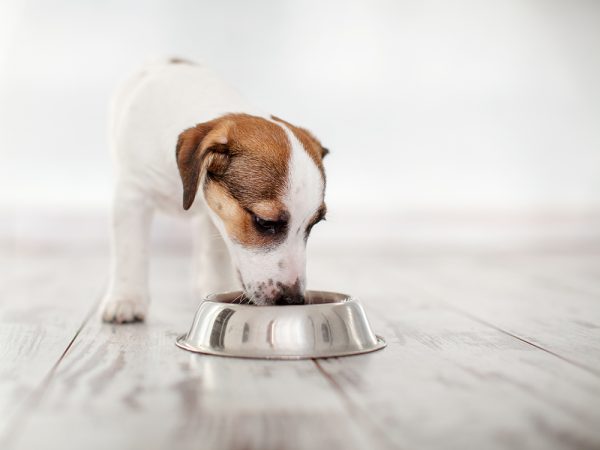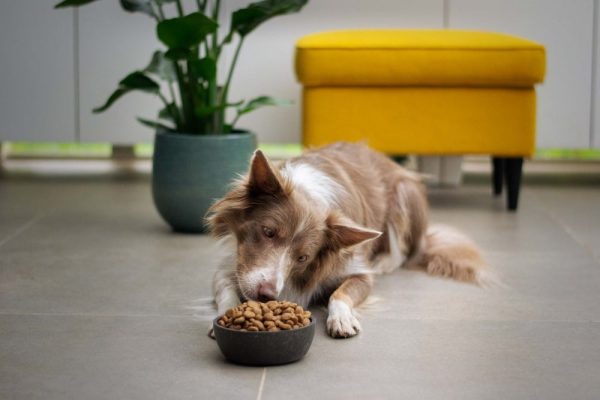Health problems in our pets are concerning, but eye problems are always more alarming. Their eyes can get crusty from dried discharge for various reasons. If you’re wondering whether to take your dog to the vet when they have crusty eyes, you’ll need to understand the reasons why their eyes have a discharge. In this article, we’ll discuss seven reasons your dog has crusty eyes and help you decide what next steps to take.

The 7 Reasons Why Dogs’ Eyes Get Crusty
1. Normal Secretions
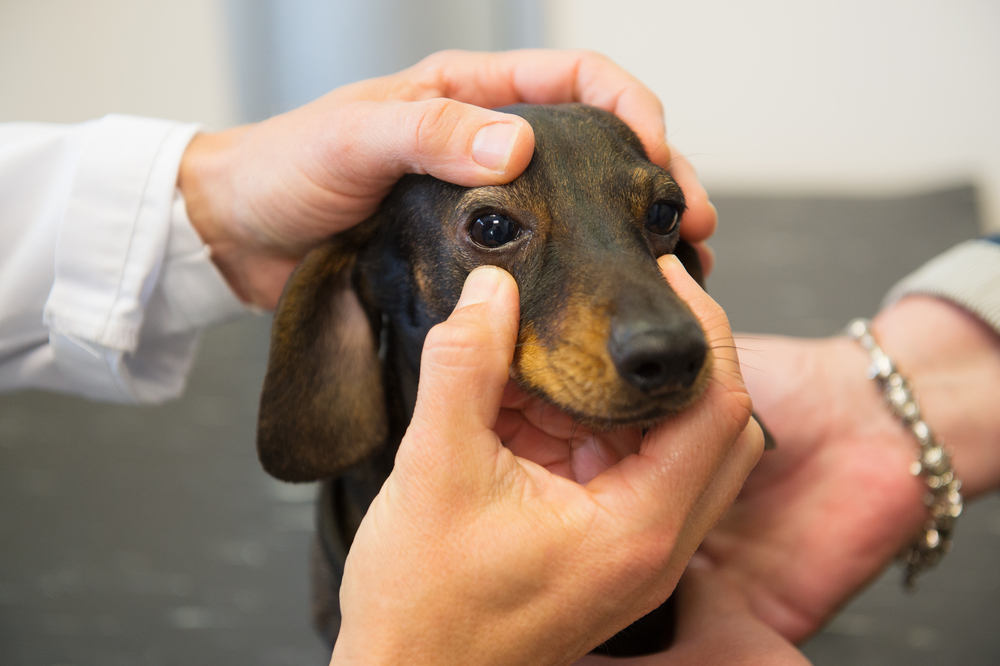
There are some instances of eye crust that are normal for dogs. “Eye boogers” are collections of crust at the corners of the eyes where the tear ducts are. Tears are produced throughout the day and night, trapping dirt, dust, and debris that may injure or irritate the eyes.
This collected debris then drains through the ducts, which can cause crust and goo to accumulate. It’s most noticeable in the morning and is normal if it’s the same amount each day and isn’t accompanied by other signs. This crust can be clear or a red-brown color.
2. Dry Eye
Conversely, a lack of tears can also cause crusty eyes in dogs. Dry eye is a condition in which the eyes produce very little or no tears, leading to a “dry” eye surface. Tears are protective and nourishing to the eye’s surface, so a lack of tears can lead to pain, infections, ulceration of the cornea, and even blindness if not treated.
Thick discharge and crusts are the primary signs of dry eye in dogs, but these can also appear:
- Dull or cloudy eyes
- Visibly reduced tear film
- Redness and pain
- Eye rubbing
- Ulceration
- Eye infections
- Thick yellow discharge
If you notice any of these signs, it’s important to take your dog to the vet immediately. Dry eyes are incredibly painful.
3. Conjunctivitis
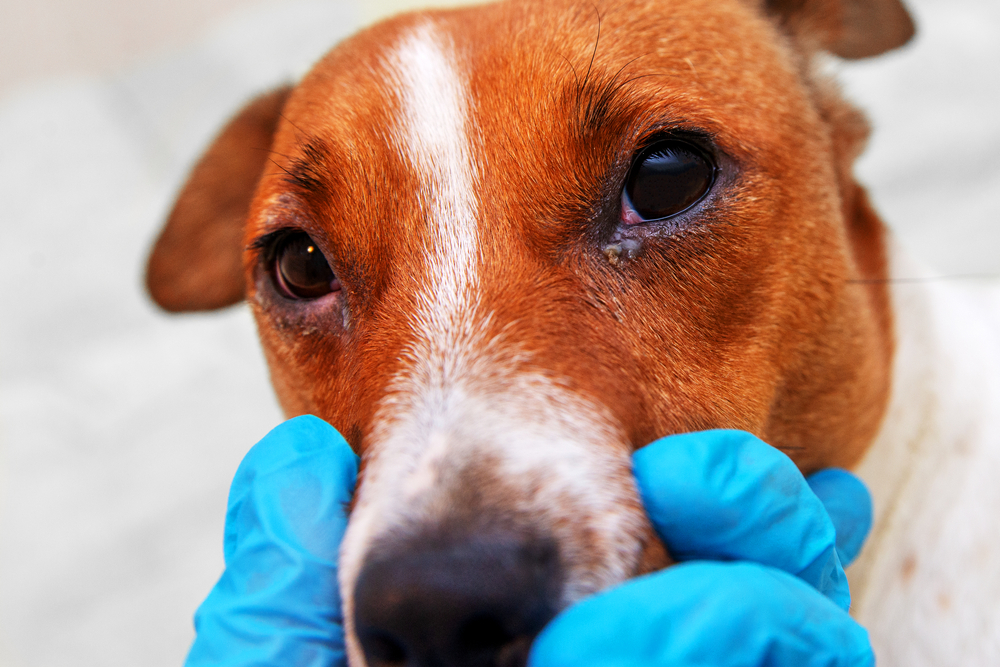
Conjunctivitis is the inflammation of the conjunctiva, or the mucosal membranes around the eye, which line the eyelids and cover the eyeball. Inflammation can be caused by irritants, viruses, bacteria, eyelid tumors, obstructed tear ducts, and other eye problems.
The conjunctiva becomes red and sore, and a thick discharge develops over the eyes. This crust is often cloudy or yellow-green and affects both eyes. If your dog has a yellow-green crust around their eyes, you should take them to your vet for an examination.
4. Anatomical Problems
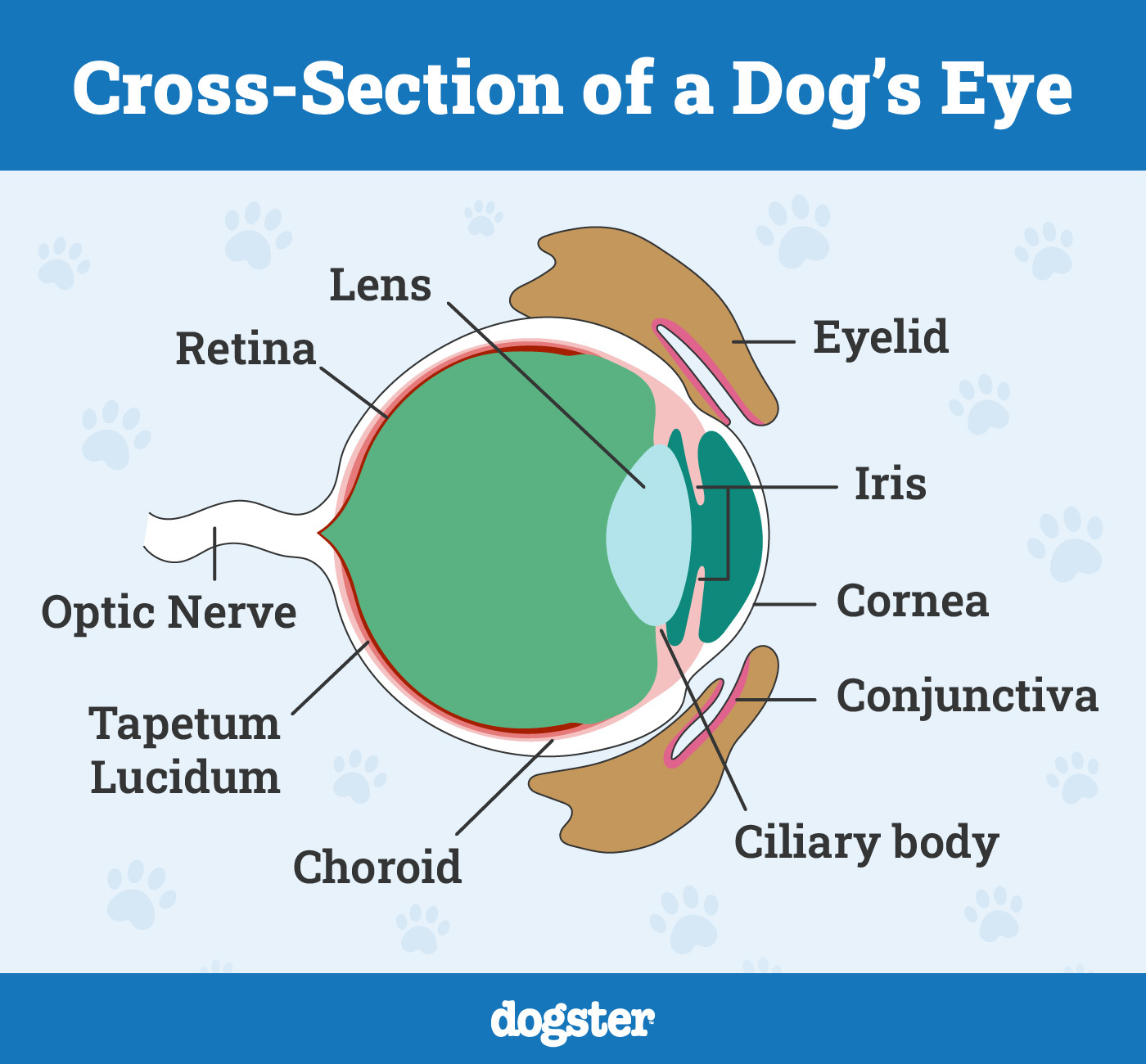
Anatomical problems in the eyes can also cause discharge, watering, and crustiness. If your puppy has always had crusty eyes, they may have problems due to the anatomy of their eyes or eyelids.
Ectropion and entropion are two anatomical deformities that can cause crusty eyes. They occur when the eyelids are either gaping (ectropion) or rolling inwards (entropion), causing pain and irritation to the eye.
These conditions are more common in certain breeds, such as Shar Peis, Bulldogs or Spaniels. A prolapse of the third eyelid gland in dogs (known as cherry eye) can also cause crust and is common in breeds such as Bulldogs.
Lagophthalmos is a condition in some dogs with bulging eyes, like pugs, where the eyelids do not completely close and can’t fully protect the eye. It can also occur secondary to other problems. All of these conditions require prompt treatment and, sometimes, surgery to correct.
5. Injury
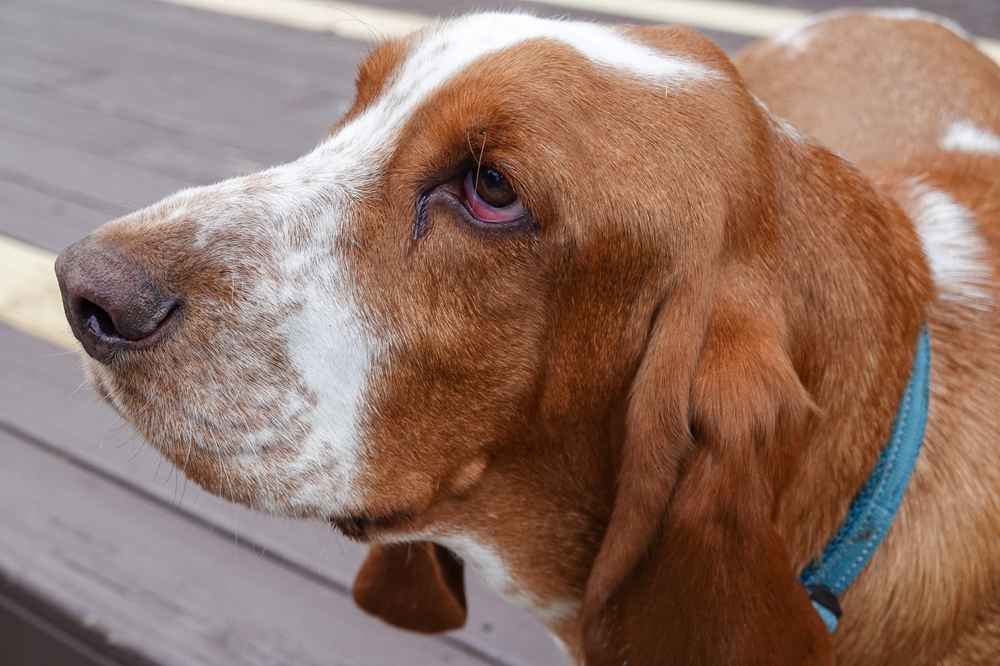
Injuries to the eye can cause intense watering, ulceration, infection, and a loss of sight. The injury can be physical or chemical. Therefore, it is paramount to ensure you get your dog prompt veterinary attention as soon as you notice their eye is injured.
Even minor eye injuries can lead to massive infection and sight loss, as well as a significant amount of pain and discomfort. Common eye injuries include corneal ulceration, wounds, and a proptosis of the eye. Signs that your dog has injured their eye (alongside crustiness) include the following:
- Rubbing or pawing at the eye
- Rapid blinking
- Eyelid twitching
- Pain
- Squinting
- Being unable to open the eye
- Cloudiness
- Redness or bloodshot eyes
- Discharge
- Abnormally bulging eye
6. Allergies
Allergies can cause runny eyes and noses in dogs, and allergens can irritate them even if no allergy exists. If your dog runs face-first into a cloud of pollen, for example, they’ll likely have runny eyes for a few hours afterward.
Excessive tear production is the body’s way of ridding the eyes of irritants, including during an allergic response. This discharge will dry and form crusts around the eye, but no redness or other signs of eye problems occur. If you’re concerned that your dog regularly suffers from allergies, your vet can discuss ways to help them feel better.
7. Glaucoma
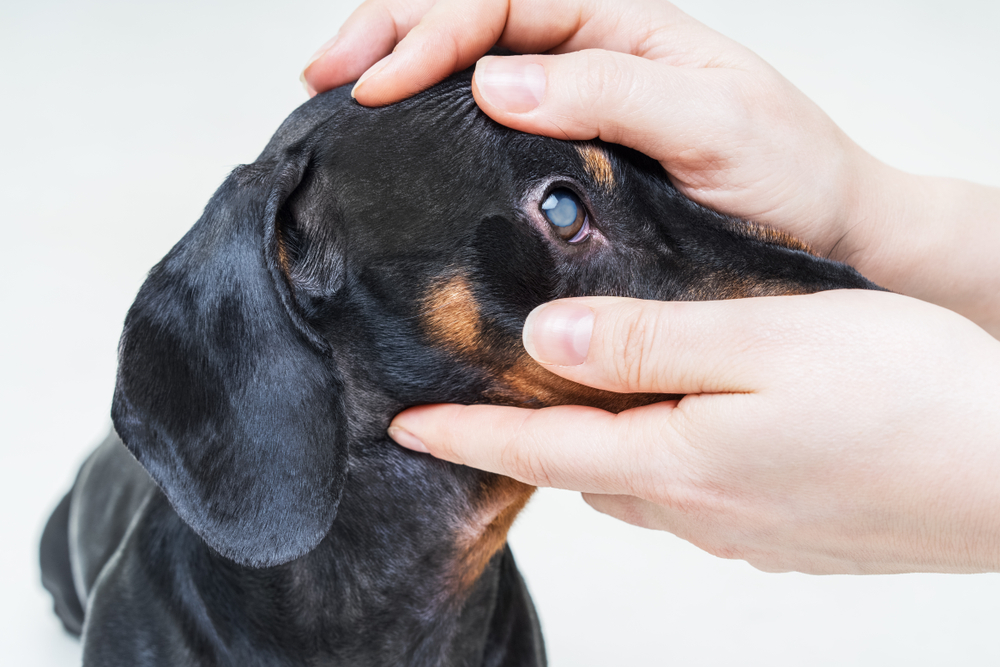
Glaucoma is a condition caused by increased pressure in the eye due to a problem with the drainage of fluid from the eye. Intraocular pressure (IOP) is usually kept in balance, but any changes in drainage cause this to increase, leading to damage.
Glaucoma can be open-angle (leading to slow progression to blindness) or closed-angle (rapid and painful blindness) and can be caused by various conditions such as tumors, trauma, other eye conditions, or genetics. Increased discharge from the eyes leading to crustiness is one sign that glaucoma is present, along with the following signs:
- Bloodshot eyes
- Decreased appetite
- Pain
- Dilated pupils
- Blindness
- Squinting
- Bulging of the eye
- Cloudy blue appearance
Glaucoma must be treated swiftly to prevent further damage to the eye or sight loss, so if you suspect glaucoma, you must take your pet to the vet immediately.

Are Some Breeds More Likely to Get Crusty Eyes Than Others?
Some breeds are more predisposed to various ocular diseases, which can lead to crusty eyes.
- Cherry eye – British Bulldog, Great Dane, Maltese, Mastiffs, Rottweiler
- Entropion – British Bulldog, Chow Chow, Cocker Spaniel, Golden Retriever, Great Dane, Jack Russell Terrier, Mastiffs, Rottweiler, Shar Pei, Staffordshire Bull Terrier
- Glaucoma – Chinese Crested, Golden Retriever, Maltese, Poodle, Samoyed, Shar Pei, Siberian Husky
- Allergic conjunctivitis – Beagle
- Dry eye – Beagles, British Bulldog, Cavalier King Charles Spaniel, Chinese Crested, Cocker Spaniel, Miniature Schnauzer, Samoyed, Shih Tzu
If you want more information or are concerned about the health of your pet, you should contact your vet.
If you need to speak with a vet but can't get to one, head over to PangoVet. It's an online service where you can talk to a vet online and get the personalized advice you need for your pet — all at an affordable price!

Conclusion
Eye crustiness is never nice to deal with, but it can easily be remedied if it’s simply dried tears and debris. A warm water-soaked cotton pad gently swept over the eye (using a separate one for each) can remove the crust, but veterinary attention must be sought for any suspicious discharge, redness, or other signs of problems with your pup’s eyes.
Eyes are delicate and can become irreversibly damaged quickly, and eye problems are often very painful. If your dog has crusty eyes, your vet can treat the condition and keep them happy and healthy.
Featured Image Credit: Zontica, Shutterstock
